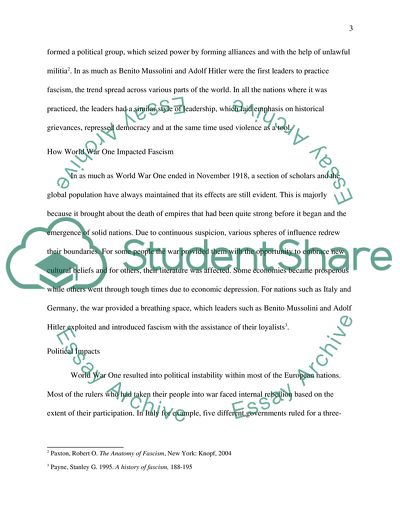Cite this document
(Italian and German Fascism Report Example | Topics and Well Written Essays - 2000 words, n.d.)
Italian and German Fascism Report Example | Topics and Well Written Essays - 2000 words. https://studentshare.org/history/1852250-italian-and-german-fascism
Italian and German Fascism Report Example | Topics and Well Written Essays - 2000 words. https://studentshare.org/history/1852250-italian-and-german-fascism
(Italian and German Fascism Report Example | Topics and Well Written Essays - 2000 Words)
Italian and German Fascism Report Example | Topics and Well Written Essays - 2000 Words. https://studentshare.org/history/1852250-italian-and-german-fascism.
Italian and German Fascism Report Example | Topics and Well Written Essays - 2000 Words. https://studentshare.org/history/1852250-italian-and-german-fascism.
“Italian and German Fascism Report Example | Topics and Well Written Essays - 2000 Words”. https://studentshare.org/history/1852250-italian-and-german-fascism.


